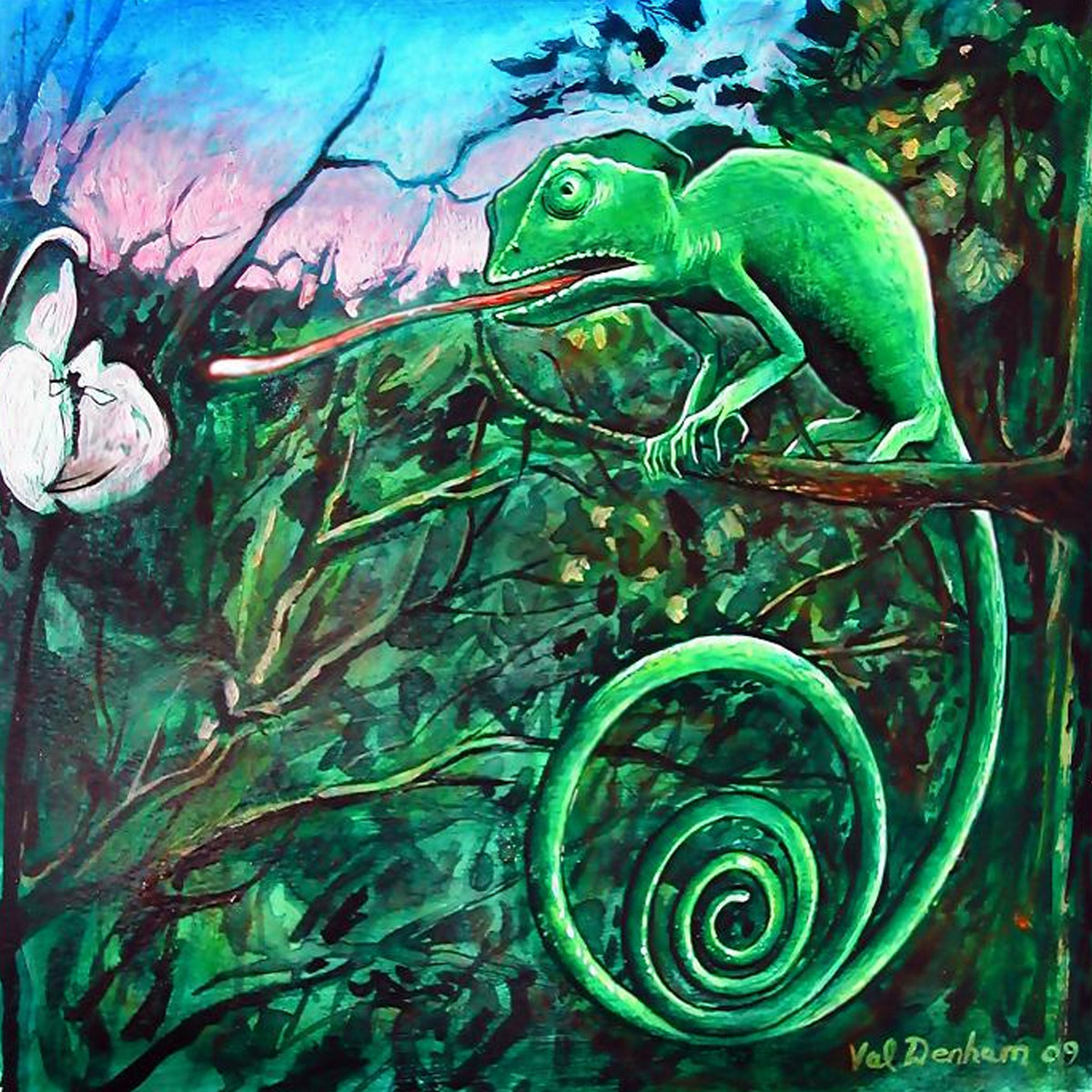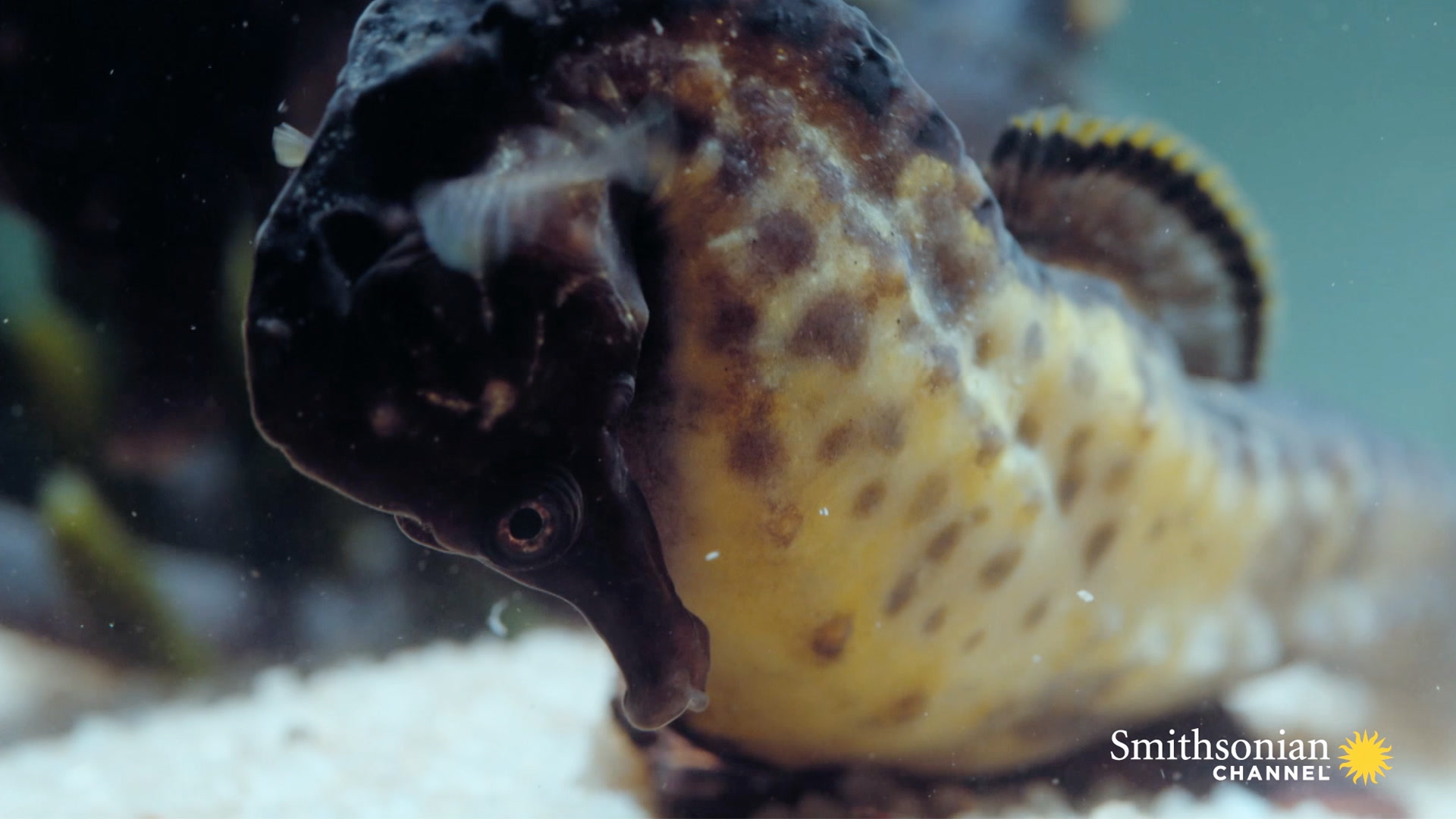In the vast and mysterious world of marine life, seahorses stand out as one of the most intriguing creatures. Their unique reproductive process, where the male seahorse gives birth, has baffled scientists and fascinated nature enthusiasts for decades. This extraordinary phenomenon challenges traditional gender roles in reproduction and raises the question: why does the male seahorse give birth? Understanding this process not only sheds light on the biology of seahorses but also highlights the diversity of life on Earth.
Seahorses belong to the genus *Hippocampus*, which includes over 40 species. These small, bony fish are known for their distinctive equine appearance, prehensile tails, and upright swimming posture. However, what truly sets them apart is their reproductive strategy. Unlike almost all other animals, seahorse males take on the role of pregnancy and childbirth. This unique adaptation has evolved over millions of years and serves a specific purpose in their survival and reproductive success.
As we delve deeper into the topic of why the male seahorse gives birth, we will explore the evolutionary advantages of this process, the biological mechanisms involved, and the ecological significance of this phenomenon. By understanding the intricacies of seahorse reproduction, we gain insight into the delicate balance of marine ecosystems and the importance of conserving these remarkable creatures for future generations.
Read also:Unlock The Fun Infinite Craft Unblocked Ndash The Ultimate Guide
Table of Contents
- What Makes Seahorse Reproduction Unique?
- Why Does the Male Seahorse Give Birth?
- How Does Male Pregnancy Work?
- What Are the Evolutionary Advantages of Male Pregnancy?
- How Does This Process Impact Seahorse Conservation?
- Can Other Animals Exhibit Similar Reproductive Behaviors?
- What Can We Learn from Seahorse Reproduction?
- Frequently Asked Questions
What Makes Seahorse Reproduction Unique?
Seahorses are not just unique in their appearance but also in their reproductive biology. While most animals follow a traditional pattern where females carry and give birth to offspring, seahorses flip this script entirely. In the case of seahorses, the male takes on the role of pregnancy and childbirth. This reversal of roles is not just a biological curiosity but a fascinating adaptation that has evolved to maximize reproductive efficiency.
During mating, the female seahorse deposits her eggs into the male's brood pouch, a specialized structure located on the male's abdomen. This pouch serves as a protected environment where the eggs are fertilized and develop into embryos. The male seahorse then carries the developing offspring for several weeks, providing oxygen and nutrients until they are ready to be born. This process ensures that the eggs are protected from predators and environmental hazards, increasing the chances of survival for the next generation.
What makes this process even more remarkable is the level of parental care provided by the male seahorse. Unlike many other fish species where eggs are left to fend for themselves, seahorse fathers play an active role in nurturing their offspring. This level of investment in reproduction is rare in the animal kingdom and highlights the evolutionary significance of male pregnancy in seahorses.
Why Does the Male Seahorse Give Birth?
The question "why does the male seahorse give birth?" can be answered by examining the evolutionary pressures and biological advantages that led to this unique reproductive strategy. Male pregnancy in seahorses is not just a quirk of nature but a carefully honed adaptation that benefits both parents and offspring.
One of the primary reasons for male pregnancy is the division of reproductive labor. By allowing the male to carry and nurture the developing embryos, the female seahorse is free to produce more eggs and reproduce more frequently. This division of roles increases the overall reproductive output of the pair, giving them a competitive edge in the wild. Additionally, the male's brood pouch provides a safe and controlled environment for the embryos to develop, shielding them from predators and environmental stressors.
Another factor is the energy efficiency of this arrangement. The male seahorse's brood pouch is equipped with a rich network of blood vessels that facilitate nutrient and oxygen transfer to the developing embryos. This ensures that the offspring receive the resources they need to grow and thrive, even in nutrient-poor marine environments. By taking on the role of pregnancy, the male seahorse ensures that the next generation has the best possible start in life.
Read also:What To Expect From Zoolander 3 A Deep Dive Into The Anticipated Sequel
How Does Male Pregnancy Work?
Male pregnancy in seahorses is a complex and highly specialized process that involves several stages, from fertilization to birth. Understanding how this process works provides valuable insights into the biology of these unique creatures.
The Role of the Brood Pouch
The brood pouch is the cornerstone of male pregnancy in seahorses. This specialized structure is located on the male's abdomen and serves as a protective chamber for the developing embryos. During mating, the female deposits her eggs into the brood pouch, where they are fertilized by the male's sperm. The pouch provides a stable and nutrient-rich environment for the embryos, shielding them from external threats such as predators and fluctuating water conditions.
The brood pouch is not just a passive container but an active participant in the reproductive process. It is lined with a network of blood vessels that facilitate the exchange of nutrients, oxygen, and waste products between the male and the developing embryos. This ensures that the embryos receive the resources they need to grow and develop properly. Additionally, the pouch provides a physical barrier that protects the embryos from physical damage and pathogens.
Nutrient Transfer and Development
Once the eggs are fertilized, the male seahorse takes on the responsibility of nurturing the developing embryos. The brood pouch plays a crucial role in this process by facilitating nutrient transfer and gas exchange. The male's blood vessels supply the embryos with oxygen and essential nutrients, such as amino acids and lipids, which are critical for their growth and development.
As the embryos mature, they undergo several stages of development within the brood pouch. During this time, the male seahorse regulates the internal environment of the pouch to ensure optimal conditions for the embryos. This includes maintaining the right temperature, pH levels, and oxygen concentration. By the end of the gestation period, which can last several weeks, the embryos are fully developed and ready to be born.
What Are the Evolutionary Advantages of Male Pregnancy?
Male pregnancy in seahorses offers several evolutionary advantages that have contributed to the success of this unique reproductive strategy. These advantages not only benefit the seahorses themselves but also highlight the adaptability of life in the marine environment.
One of the key advantages is the increased survival rate of the offspring. By carrying the eggs in a protected brood pouch, the male seahorse shields them from predators and environmental hazards. This significantly improves the chances of the embryos reaching maturity and reproducing themselves. Additionally, the male's ability to provide nutrients and oxygen ensures that the offspring are well-nourished and better equipped to survive in the wild.
Another advantage is the division of reproductive labor between the male and female seahorses. This arrangement allows the female to focus on producing more eggs while the male takes care of the developing embryos. By maximizing their reproductive output, seahorse pairs can produce more offspring and increase their chances of passing on their genes to the next generation.
How Does This Process Impact Seahorse Conservation?
The unique reproductive process of seahorses has significant implications for their conservation. Understanding why the male seahorse gives birth and how this process works can help conservationists develop strategies to protect these vulnerable creatures.
Seahorses face numerous threats in the wild, including habitat destruction, overfishing, and climate change. Their reliance on specific reproductive strategies makes them particularly vulnerable to environmental changes. For example, habitat loss can disrupt the delicate balance of marine ecosystems, affecting the availability of food and shelter for seahorses. Similarly, overfishing can reduce population sizes, making it harder for seahorses to find mates and reproduce.
Conservation efforts must take into account the unique biology of seahorses, including their reliance on male pregnancy. By protecting their habitats and reducing human impacts, we can help ensure the survival of these remarkable creatures. Additionally, raising awareness about the importance of seahorses in marine ecosystems can inspire action and support for conservation initiatives.
Can Other Animals Exhibit Similar Reproductive Behaviors?
While seahorses are the most well-known example of male pregnancy, they are not the only animals to exhibit this behavior. Several other species, particularly within the Syngnathidae family, which includes seahorses, pipefish, and seadragons, also practice male pregnancy. This raises the question: can other animals exhibit similar reproductive behaviors?
Pipefish, for example, are close relatives of seahorses and share a similar reproductive strategy. In some species of pipefish, the male carries the eggs in a brood pouch, much like seahorses. However, the level of parental care can vary among species, with some males providing minimal support and others offering extensive nurturing. This diversity highlights the adaptability of male pregnancy as a reproductive strategy.
Outside the Syngnathidae family, examples of male pregnancy are rare but not unheard of. Certain species of frogs and fish have been observed engaging in behaviors that resemble male pregnancy, such as carrying eggs or embryos on their bodies. While these examples are not as advanced as seahorse male pregnancy, they demonstrate the potential for similar reproductive strategies to evolve in response to specific ecological pressures.
What Can We Learn from Seahorse Reproduction?
The reproductive biology of seahorses offers valuable lessons about the diversity of life and the adaptability of organisms to their environments. By studying why the male seahorse gives birth and how this process works, we gain insights into the evolutionary mechanisms that drive biological innovation.
One of the key takeaways is the importance of parental care in ensuring the survival of offspring. The level of investment demonstrated by male seahorses highlights the evolutionary benefits of nurturing the next generation. This principle can be applied to other areas of biology and ecology, helping us understand the factors that contribute to reproductive success in different species.
Another lesson is the value of diversity in nature. The unique reproductive strategies of seahorses remind us that there is no one-size-fits-all approach to life. By embracing and studying this diversity, we can better appreciate the complexity of ecosystems and the interconnectedness of all living things. This understanding can inform conservation efforts and inspire a deeper respect for the natural world.
Frequently Asked Questions
Why Does the Male Seahorse Give Birth?
The male seahorse gives birth because it allows for a division of reproductive labor, increases the survival rate of offspring, and maximizes reproductive efficiency. By carrying and nurturing the embryos in a brood pouch, the male ensures that the next generation has the best possible chance of survival.
How Long Does Male Pregnancy Last in Seahorses?
Male pregnancy in seahorses typically lasts between 2 and 4 weeks, depending on the species and environmental conditions. During this time, the male provides nutrients and oxygen to the developing embryos until they are ready to be born.
Do All Seahorse Species Practice Male Pregnancy?
Yes, all seahorse species practice male pregnancy. This unique reproductive strategy is a defining characteristic of the genus *Hippocampus* and is shared by all its members. However, the specifics of the process, such as the size of the brood pouch and the duration of pregnancy, can vary among species.
In conclusion, the phenomenon of male seahorse pregnancy is a testament to the wonders of evolution and the diversity of life on Earth. By understanding why the male seahorse gives birth, we gain a deeper appreciation for the complexity of nature and the importance of conserving these remarkable creatures.

